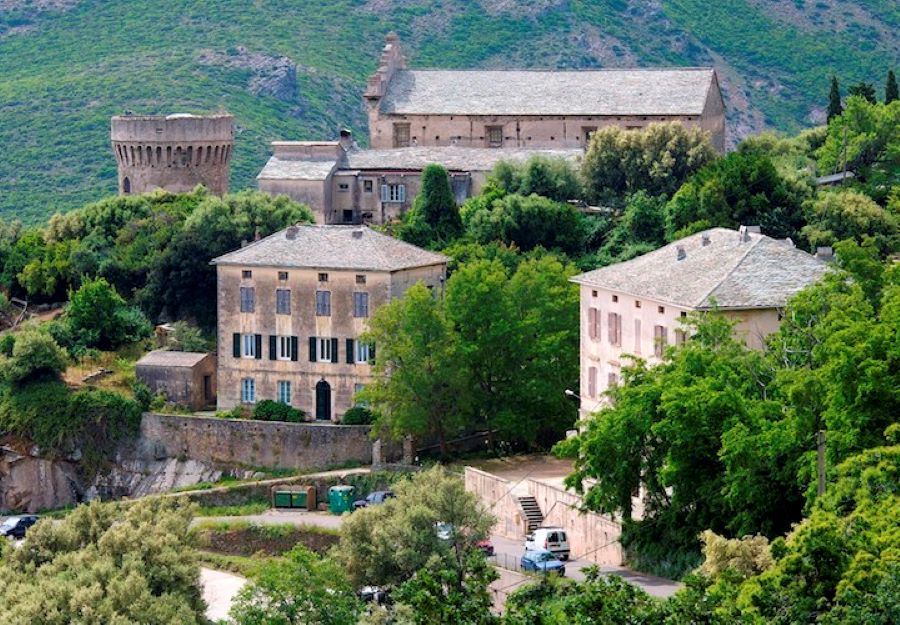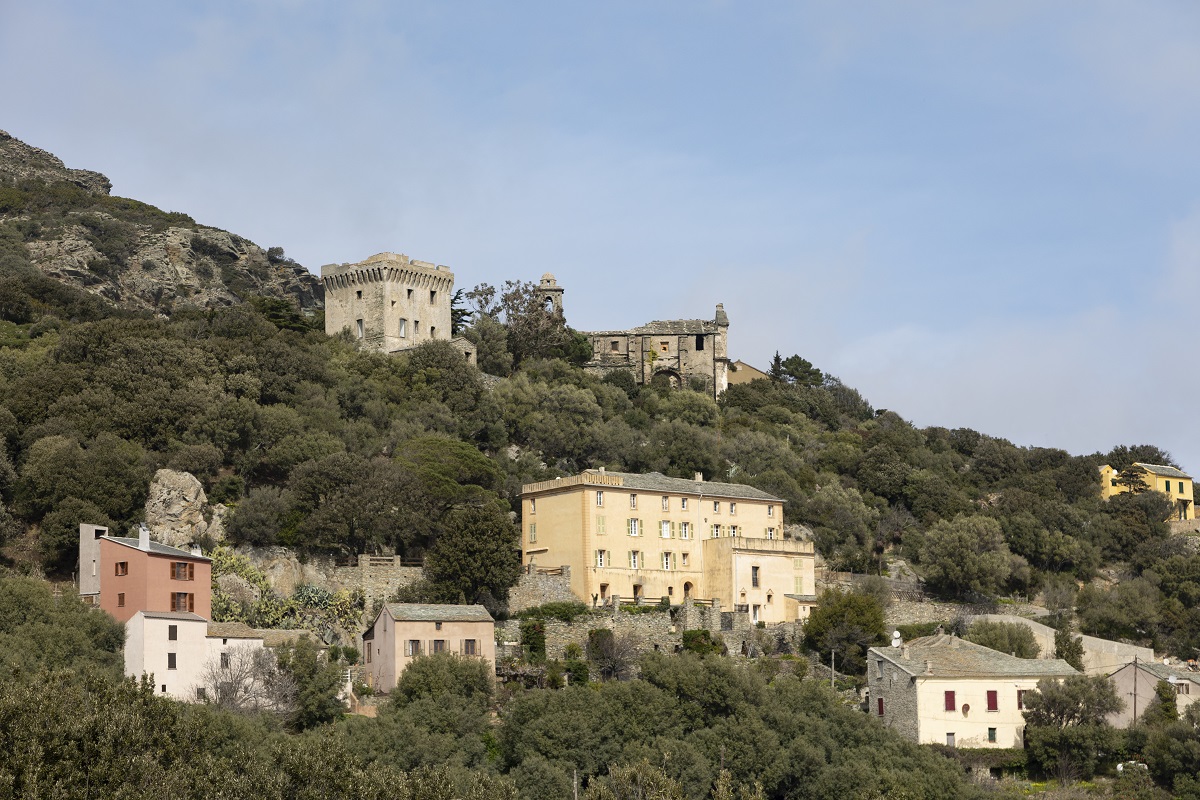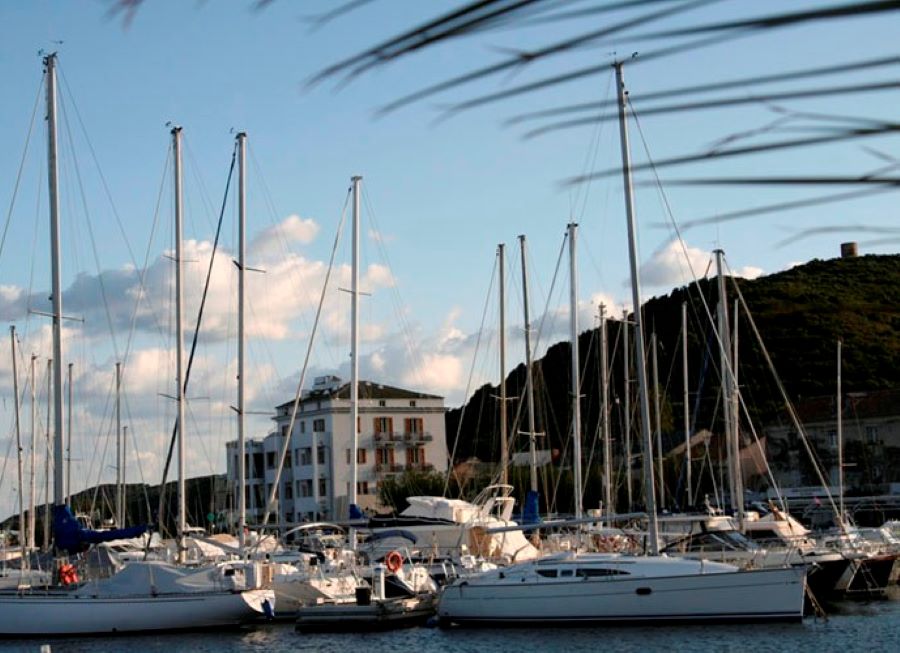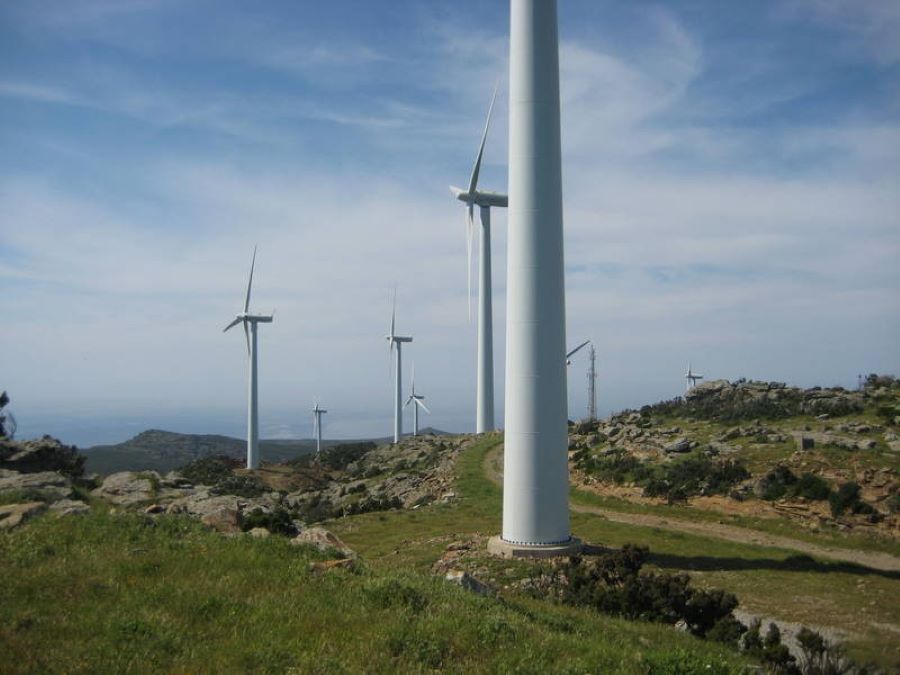Rechercher...
Explore Corsica
ROGLIANO




20248 Macinaggio
04 95 35 42 04
04 95 35 42 57
Presentation
Numerous ruins and beautiful buildings bear witness to Macinaggio-Rogliano's glorious past, including three ruined castles, towers, churches, chapels, monumental tombs and opulent private residences which are testimony to the wealth once enjoyed by the region. The present commune of Rogliano extends over an area of 26.7km² and is dominated to the west by the mountain ridge running along Cap Corse, culminating at Les Trois Pointes (603m). It comprises the old communes of San Colombano (the southern part of the present commune) and La Chiapella (to the north) and has a population of around 500 in the winter (2,000 in summer), compared with 1,850 in 1875. The eight hamlets which make up Rogliano are overlooked by two ruined castles (south of the village of Vignale, the ruins and site of the Castellacciu San Colombano and Castellu) and five towers. Visitors can admire the towers of Quercioli and Bettolacce, overlooked to the west by the Barbara Da Mare tower. The main function of the towers of Cap Corse, built in the 16C, was to keep watch over the sea and defend the coast. Today these towers are protected and restored, and play an integral part in the island's architectural heritage. In the 11C, the Pisan Romanesque style flourished in Corsica, with the construction of churches and chapels with a single nave and semi-cylindrical apses. Many of these were rebuilt in Italian Baroque style and are now large, highly decorated buildings. Religious buildings in the village include the church, bell tower, presbytery and Chapelle de Confrérie. In the centre of Rogliano stands the Église Sant'Angellu, built on a terrace in the 16C, then extended in the 18C with the addition of a beautiful Classical-style façade. Inside the church the white marble main altar was donated by people from Rogliano who emigrated to Puerto Rico. Macinaggio, which takes its name from its windmills, is the largest port on Cap Corse. The port has been much used since Antiquity, with the Romans using the harbour as a military port. During the 1970s, when the French State encouraged the development of pleasure marinas, Macinaggio was one of the first villages on Cap Corse to develop its facilities. Sheltered from the wind, the port has 2,000 metres of quays offering a range of modern facilities and services, including a repair workshop, a careening area, a lifting platform (45t), a crane, drinking water, and fuel and electricity on the quayside. With 585 berths, the marina's capacity has doubled since 1971. Boats of up to 50m can berth in especially equipped quays and 260 places are reserved for passing traffic (2-hour slots). The marina can accommodate between 1,200 and 1,500 people in summer.
Child benefits
No
Locate
powered by cd-media.fr



